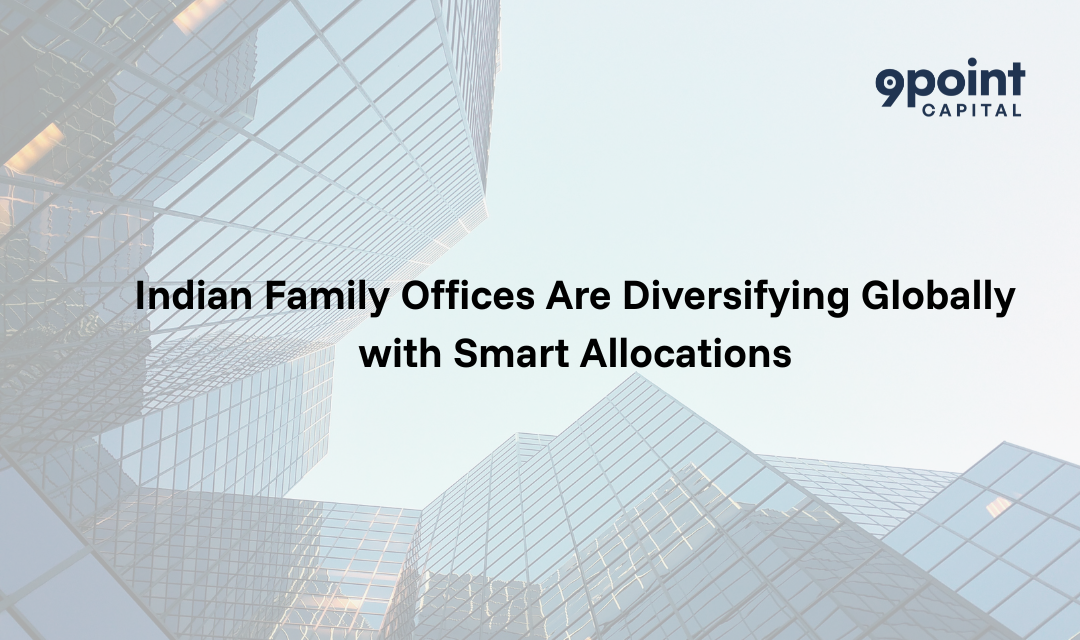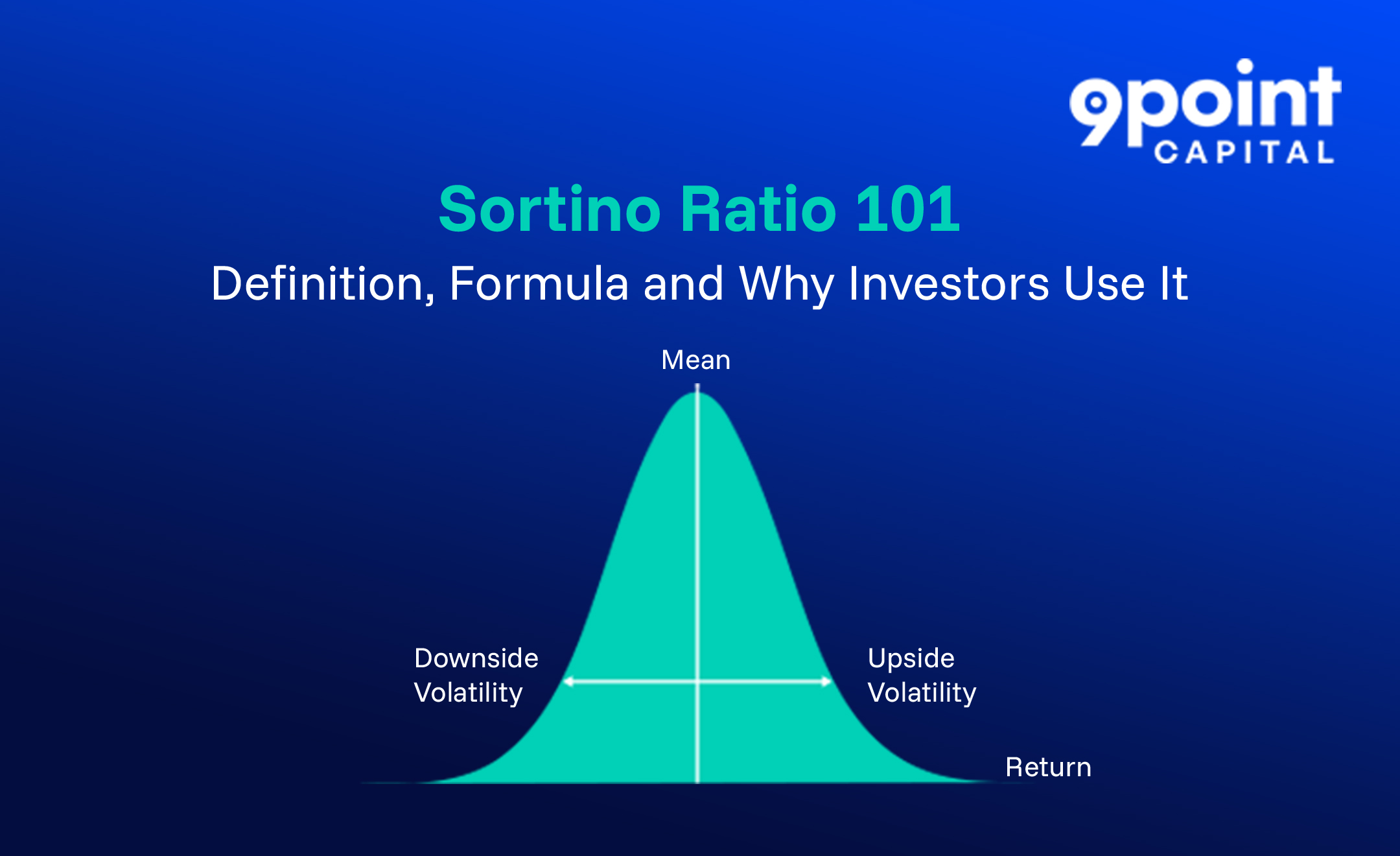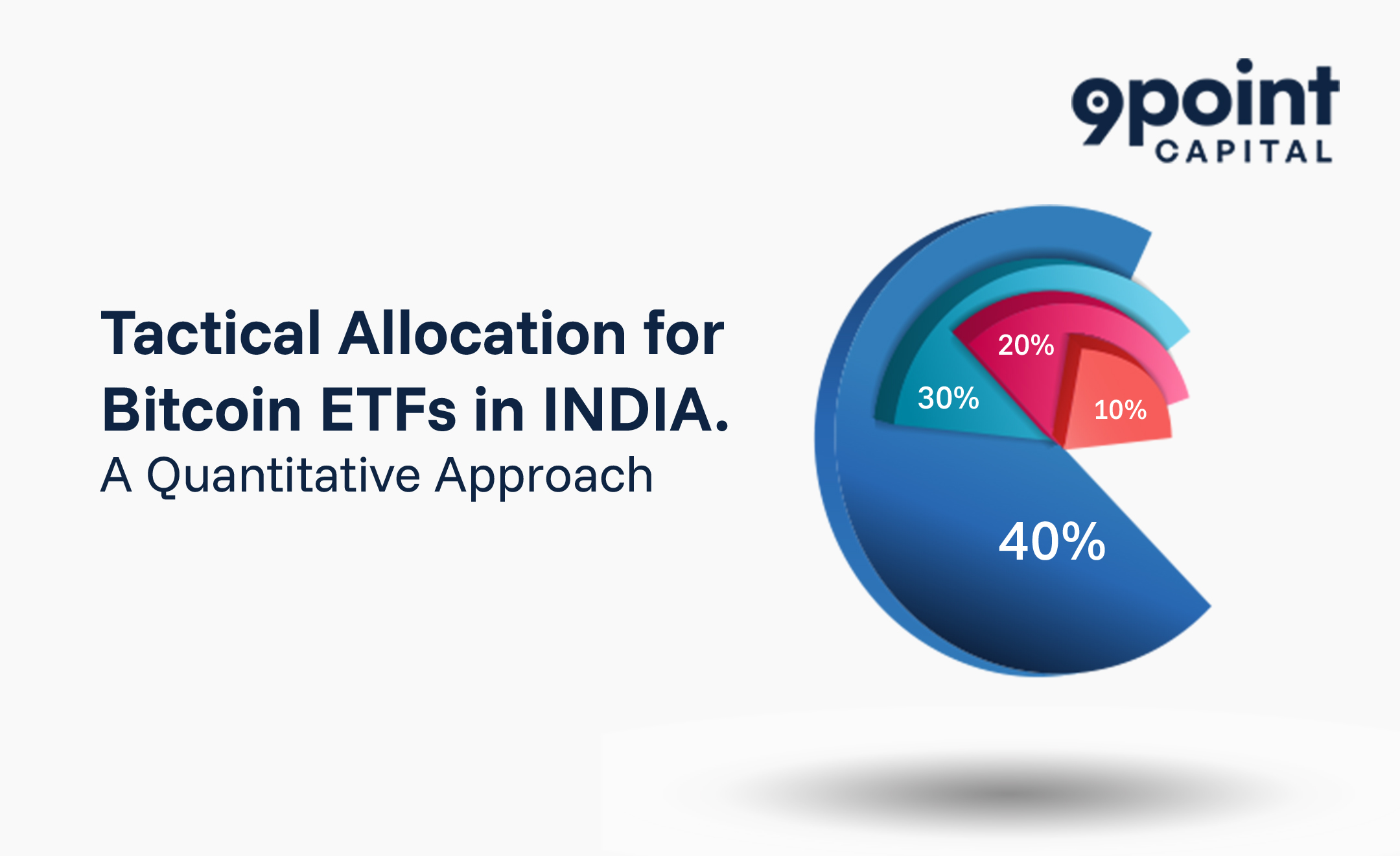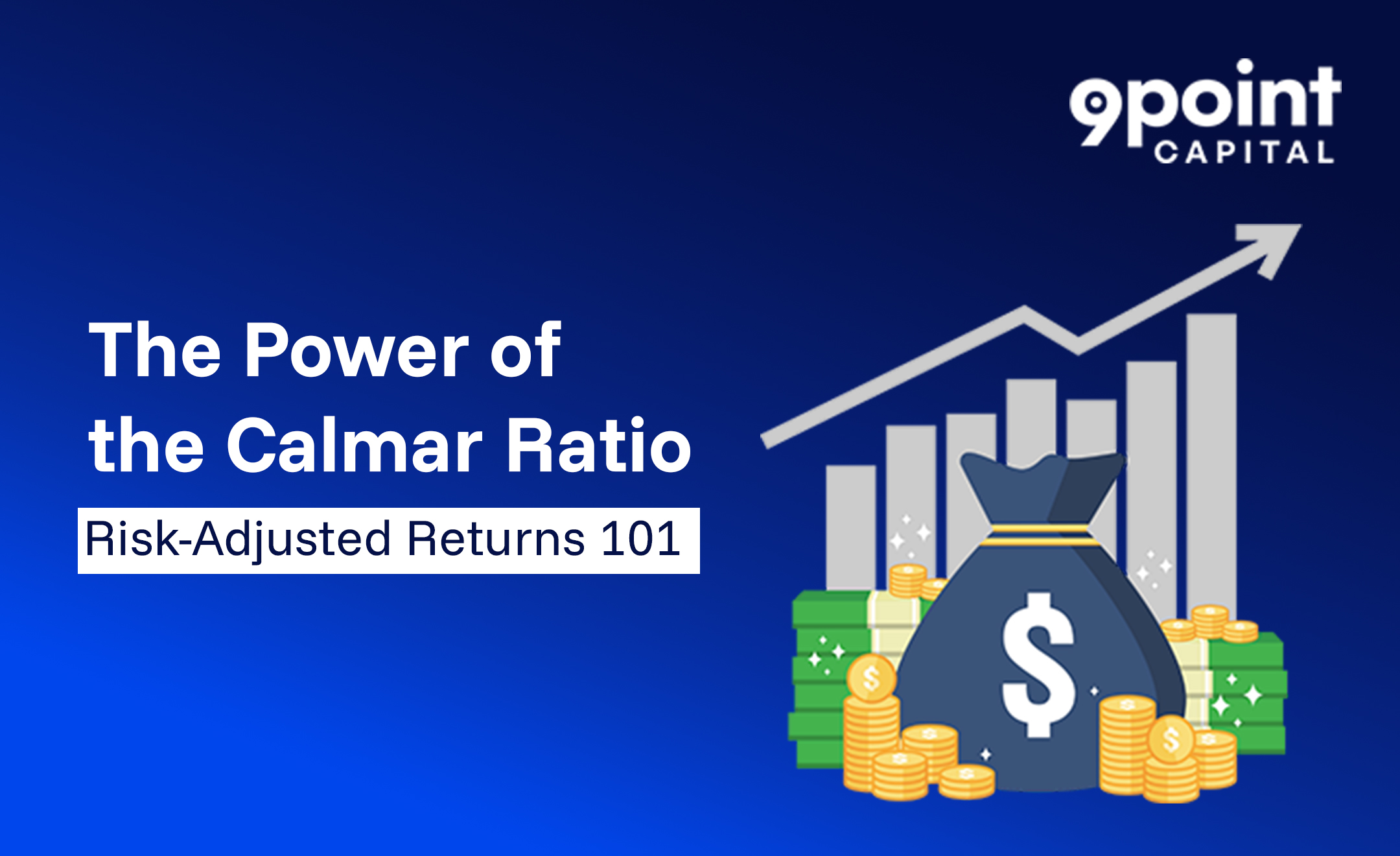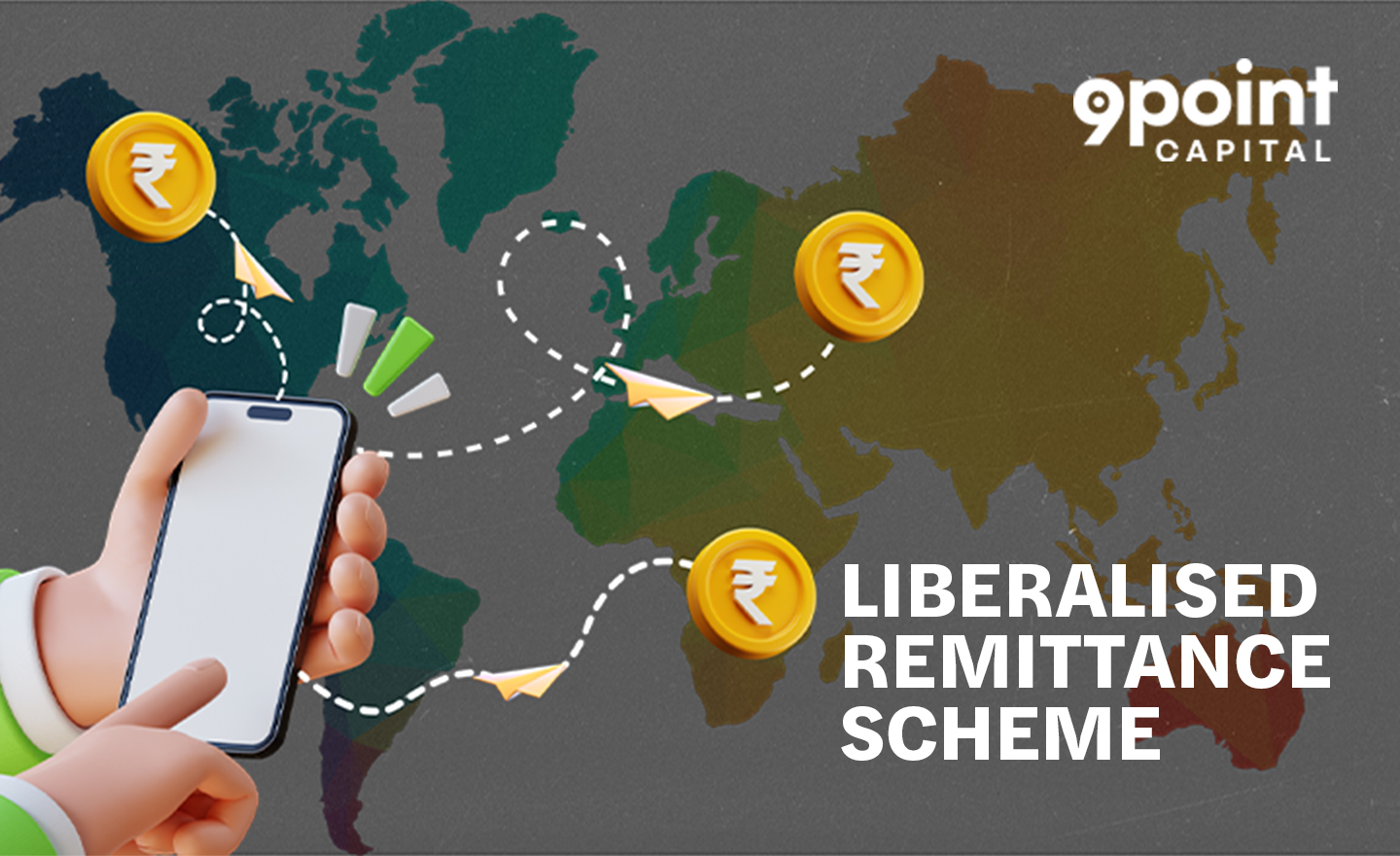Traditionally focused on managing wealth domestically through real estate, public equity and fixed income, today’s Indian family offices are adopting a more global, diversified and institutional approach to investing. From regulated international structures to alternative asset classes, this shift represents not just financial strategy, but vision.
This evolution is driven by the need to hedge risks, preserve capital across generations and access the full spectrum of global opportunities.
What’s Driving Global Diversification?
For Indian family offices, global diversification is emerging as a strategic imperative. Here why:
1. A New Generation with Global Mindsets
India’s next-gen family members are globally educated, digitally native and more aligned with international investment ideas. With family businesses expanding abroad and children settling overseas, portfolio allocations are evolving to reflect a more borderless worldview.
2. Risk Management and Currency Hedging
Solely holding rupee-based assets can lead to concentration risks. Global allocations, particularly in USD and Euro assets, act as a buffer against INR depreciation, policy changes and domestic market volatility.
How Indian Family Offices Are Allocating Globally
A well-structured global allocation strategy is no longer optional for long-term wealth preservation; it is essential. Today’s Indian family offices are using a mix of regulatory, strategic and advisory tools to diversify intelligently.
Preferred Channels:
- Liberalized Remittance Scheme (LRS): Allows individuals to remit up to $250,000 per year. Used to invest in U.S. stocks, ETFs, international bonds and global funds.
- GIFT City Structures: India’s International Financial Services Centre (IFSC) provides tax-efficient access to global equities, digital asset ETFs and alternative strategies from India itself.
- Offshore Trusts & Entities: Jurisdictions like Singapore, the Isle of Man and Dubai offer family office structures with estate planning, tax optimization and asset protection benefits.
Sample Allocation Models for Indian Family Offices
Here’s how Indian family offices are strategically allocating across key global asset classes.
| Asset Class | Typical Range | Purpose |
| Global Equities & ETFs | 20%–40% | Dollar exposure, innovation access |
| Private Equity/Venture | 15%–25% | Long-term alpha, strategic tie-ups |
| Global Real Estate | 10%–20% | Yield + residency or second passport |
| USD Fixed Income | 10%–15% | Capital preservation, stability |
| Digital Asset ETFs (via GIFT) | 5%–10% | Technology-driven diversification |
These allocations vary by family, guided by their business exposure, liquidity requirements and intergenerational goals.
Real Examples of Global Diversification
1. Sharrp Ventures – Mariwala Family (Marico)
- Focused on innovation and global startups.
- Strategic allocations to early-stage ventures and thematic funds globally.
2. Trivedi Family Office – Ashok Trivedi (IGATE co-founder)
- Manages ~$500 million.
- Invests across U.S. and Indian private equity, early-stage tech and public markets.
3. Hinduja Group – Multi-family Global Strategy
- Active in over 30 countries.
- Allocations across auto, finance, healthcare and technology.
These cases illustrate how Indian family offices are global players shaping capital markets from Dubai to Delaware.
The Role of Platforms Like GIFT City
The Gujarat International Finance Tec-City (GIFT IFSC) has unlocked access to international assets in a regulatory environment tailored for Indian investors. Family offices are increasingly using GIFT for:
- Tax-optimized investments in global equity and debt markets
- Access to digital asset ETFs and tokenized securities
- Centralised compliance, custody and reporting mechanisms
This “onshore-offshore” route offers the flexibility of global investing with the comfort of Indian jurisdiction.
Outlook: From Legacy to Longevity
As per the EY – Julius Baer Family Office Report (2025):
- Over 300 Indian family offices exist today (up from ~45 in 2018).
- 59% have formal governance frameworks (trusts, constitutions).
- Many are allocating 20–50% of their portfolios to global markets and alternatives.
- LRS-based remittances hit $31.7 billion in FY24, reflecting heightened outbound activity.
The trend is clear: Indian family offices are maturing fast. Their focus is shifting from preservation to participation: in innovation, in global policy trends and in multi-asset portfolios that withstand macro volatility.
In Brief: Indian Family Offices Embrace Global Strategy
Indian wealth creation is booming, but true wealth preservation lies in smart global diversification. The most agile Indian family offices will be those that blend India’s growth story with international discipline, compliance and access.
From structured vehicles to digital ETFs, from GIFT City to Geneva, the capital today is borderless. And so should be your strategy.
Frequently Asked Questions (FAQs)
Q1. What is the corpus needed to set up a family office in India?
A: Typically, families with ₹500 crore+ (US$60M+) in assets consider setting up a dedicated family office. However, families with ₹100–200 crore often start with shared services or multi-family office platforms.
Q2. Are global investments by Indian family offices legal and tax-efficient?
A: Yes. Through proper LRS channels, GIFT City structures and offshore entities, Indian family offices can legally and efficiently allocate globally. Tax planning should be done with legal and regulatory advisors.
Q3. What makes global asset allocation important for Indian families?
A: It provides currency hedging, diversification, exposure to new sectors (like AI, biotech) and protection from domestic political or economic volatility, thus securing wealth for future generations.
